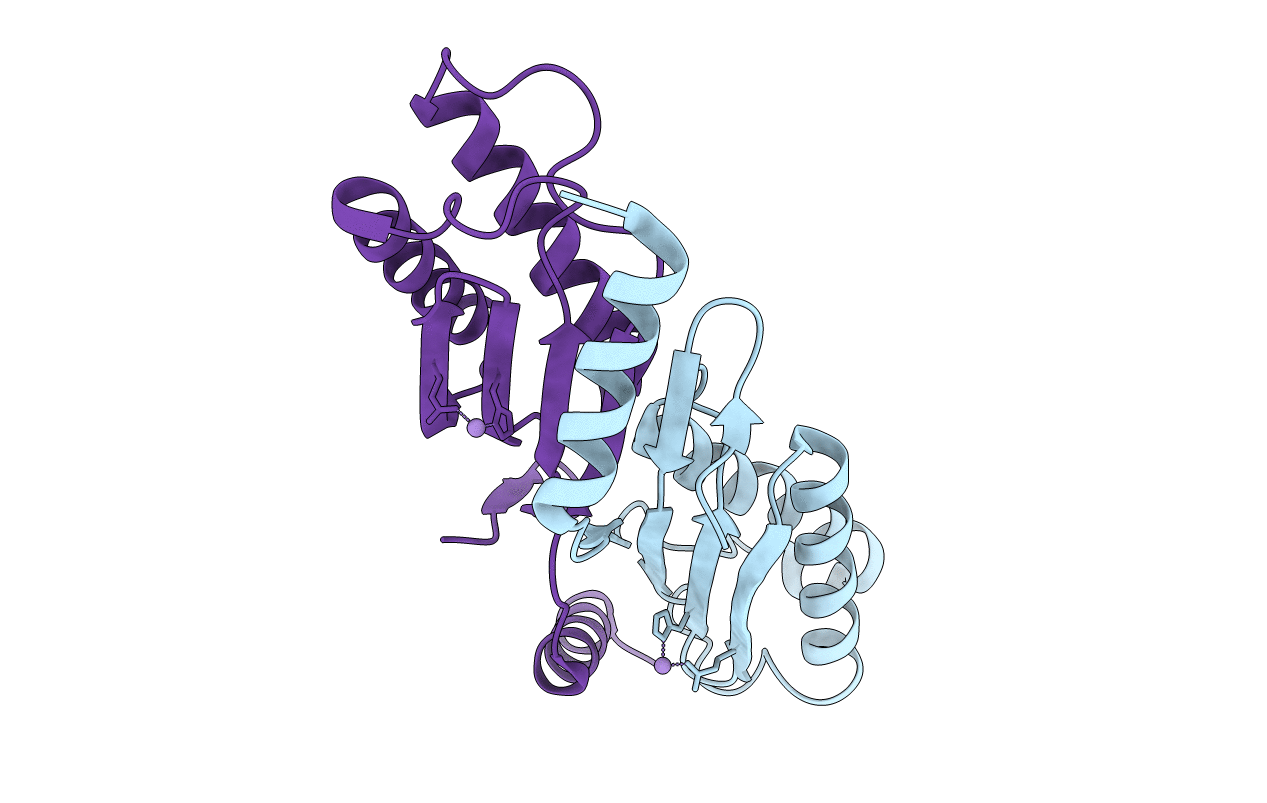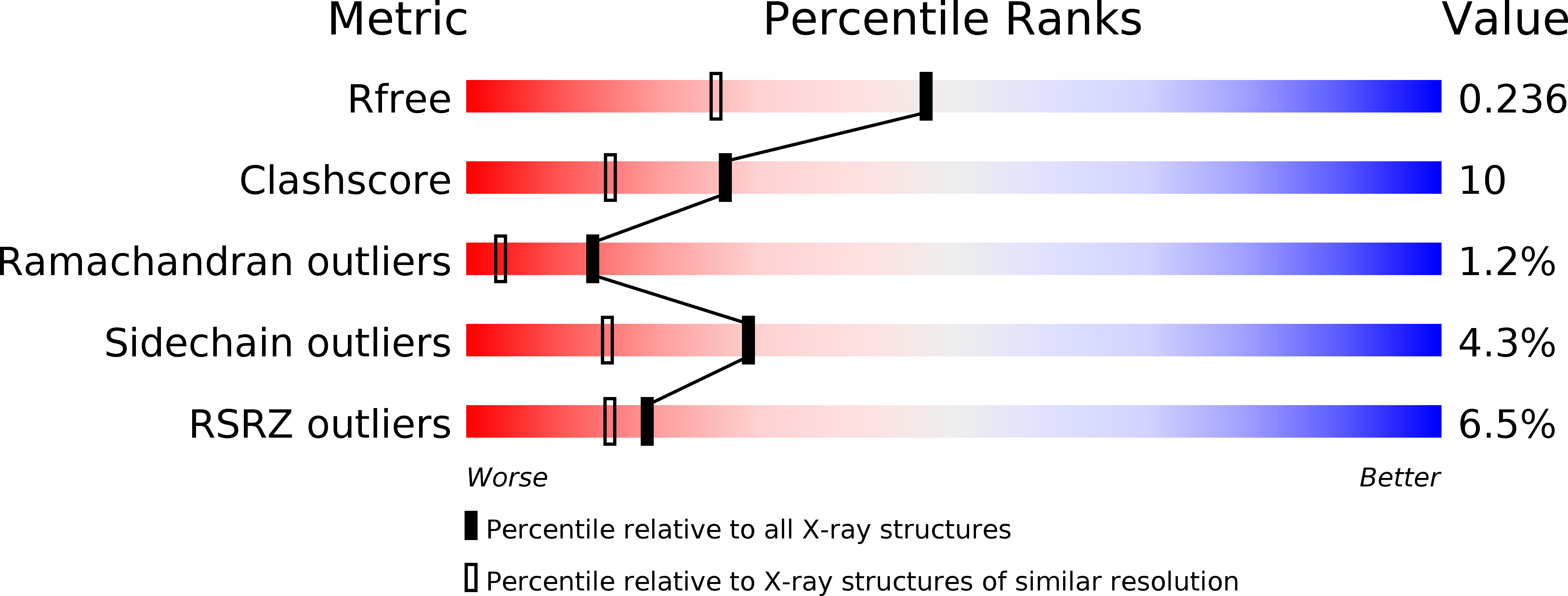
Deposition Date
2005-11-23
Release Date
2005-12-13
Last Version Date
2024-03-13
Entry Detail
Biological Source:
Source Organism:
Sulfolobus solfataricus (Taxon ID: 2287)
Host Organism:
Method Details:
Experimental Method:
Resolution:
1.80 Å
R-Value Free:
0.23
R-Value Work:
0.22
R-Value Observed:
0.22
Space Group:
C 1 2 1


